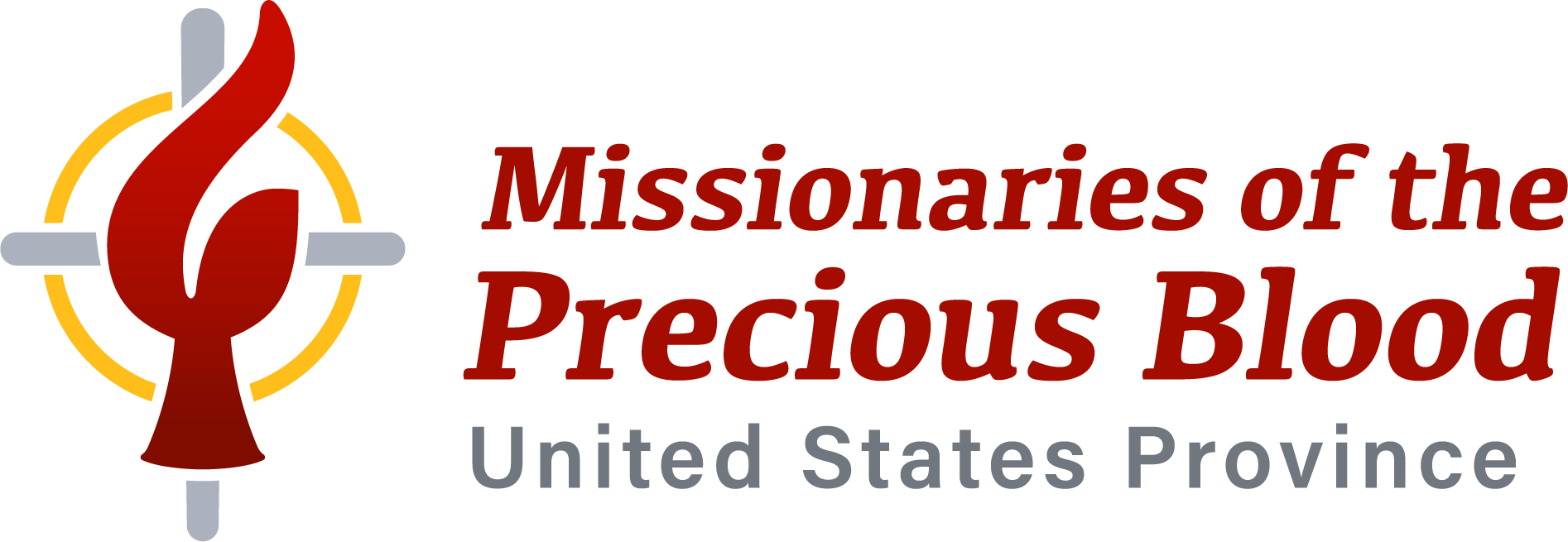by Fr. Dave Kelly, C.PP.S., Director of PBMR
 He was alone in his cell; a sixteen-year old charged as an adult. The thought of spending years behind bars with no end in sight simply overwhelmed him, and so in that isolation and loneliness he spoke of harming himself. Those words set into motion being transferred to “segregation”: a place where you are stripped of all your belongings—clothes, bible, bed—everything. As I passed by his cell, he lay motionless on his mattress-less plastic bed frame staring at the ceiling. Since they had taken his clothes, he wore a special smock-like cover that is designed for self-protection.
He was alone in his cell; a sixteen-year old charged as an adult. The thought of spending years behind bars with no end in sight simply overwhelmed him, and so in that isolation and loneliness he spoke of harming himself. Those words set into motion being transferred to “segregation”: a place where you are stripped of all your belongings—clothes, bible, bed—everything. As I passed by his cell, he lay motionless on his mattress-less plastic bed frame staring at the ceiling. Since they had taken his clothes, he wore a special smock-like cover that is designed for self-protection.
I know Larry from the neighborhood and from a previous stint in the detention center. When he glanced over and saw me at his door, tears began to roll down his face. Both embarrassed at his appearance—locked down with nothing but a smock that barely covered his body, but with relief at seeing a familiar face—he came over to his cell door. Since he was in segregation, they would not allow him to come out of his cell to speak to me. Isolation only adds to the desperation; a kid who is hurting and feeling alone needs a supportive environment.
Cook County, Illinois is the birthplace of the Juvenile Justice System in the United States. The idea over a hundred years ago was that young people are different from adults and need to be treated differently. Today the U.S. still stands alone in the rate of incarcerating our youth as adults. No longer only for the most severe cases, youth are regularly and automatically transferred to the adult courts. That means no judge decides on whether it is appropriate, given the age, background and circumstances, to place him in the adult courts. Legislators create laws—many politically motivated—that have devastating effects on our youth.
Automatically transferring youth to adult courts along with the rate at which youth are being incarcerated, puts the U.S. outside the norm for treating children according to the United Nations Human Rights Committee. While crime statistics report crime is going down, more and more youth are being incarcerated. Automatic transfers affect the minority youth most; a three-year study in Cook County found that out of the 257 automatic transfers to adult court, there was only one white child.
In Cook County Juvenile Detention Center, 85% of the youth are African American, 14%-Latino, and 1%-Other. Youth of color are being arrested, charged (many as adults), and incarcerated at alarming rates; white children in more affluent communities are not, even though research shows drug use and crime is as much a problem for those communities as poorer communities. Do we ask, “Why?”
Communities and systems (schools, courts, detention centers, etc.) using a restorative justice process find the incidents of crime, disruption, and violence decreases. In two middle schools using this process, suspensions were dramatically cut from previous years—from upward of 25% at the two middle schools in 2012-2013 to a current rate of less than 6%. In addition, restorative justice enables us to consider alternatives to incarceration and “one-size-fits-all” response to crime and conflict. Restorative Justice seeks to consider not merely the crime, but the persons involved and how we can begin to heal the hurt caused by violence.
No one denies the impact of violence and crime on the individual, family and community. Recently, less than a few blocks from the Precious Blood Center, a 14 year-old girl shot and killed another 14 year-old girl—apparently over an argument about a boy and incited by postings on Facebook. All—from the neighbors to professionals—know we need to respond, but there is a choice of how we respond. We can continue seeing this as a criminal justice problem and transfer the 14-year old girl to adult court, seeking the harshest of penalties, or we can look at this as public health issue and wrestle with the underlying causes of youth violence.
Twenty years ago the U.S. Conference of Catholic Bishops wrote a Pastoral Message entitled, “Confronting a Culture of Violence.” In that document, the bishops recognized the impact of violence on families and communities. They went on to say that “we have an obligation to respond.”
As we seek to live out the spirituality of the Precious Blood, restorative justice can offer a means of responding to this punitive, unjust system and confronting harm done, with reconciliation and restoration of relationships. Do we choose to ask questions and respond or do we choose to remain addicted to incarceration and the punitive practices of the system?
